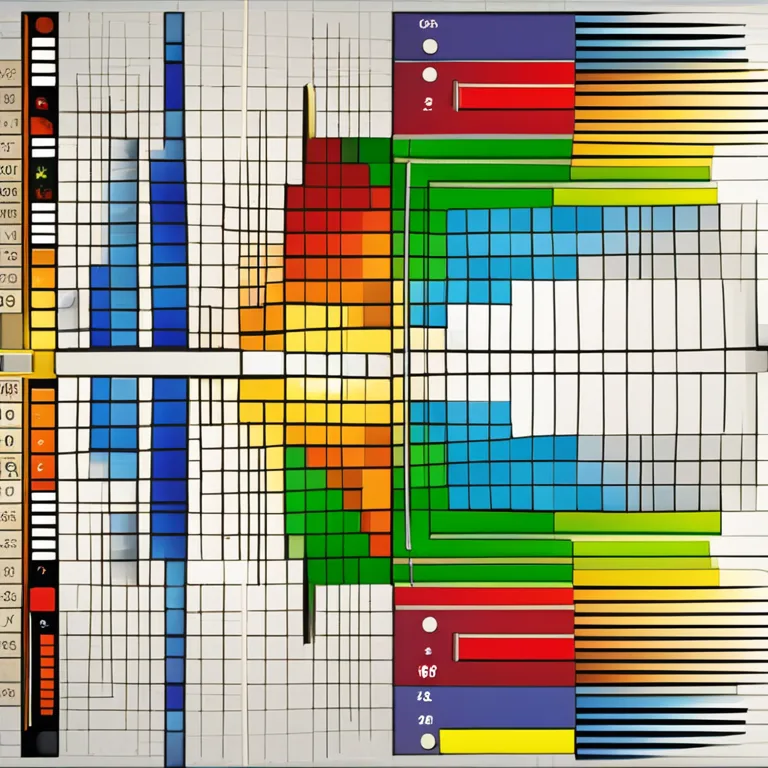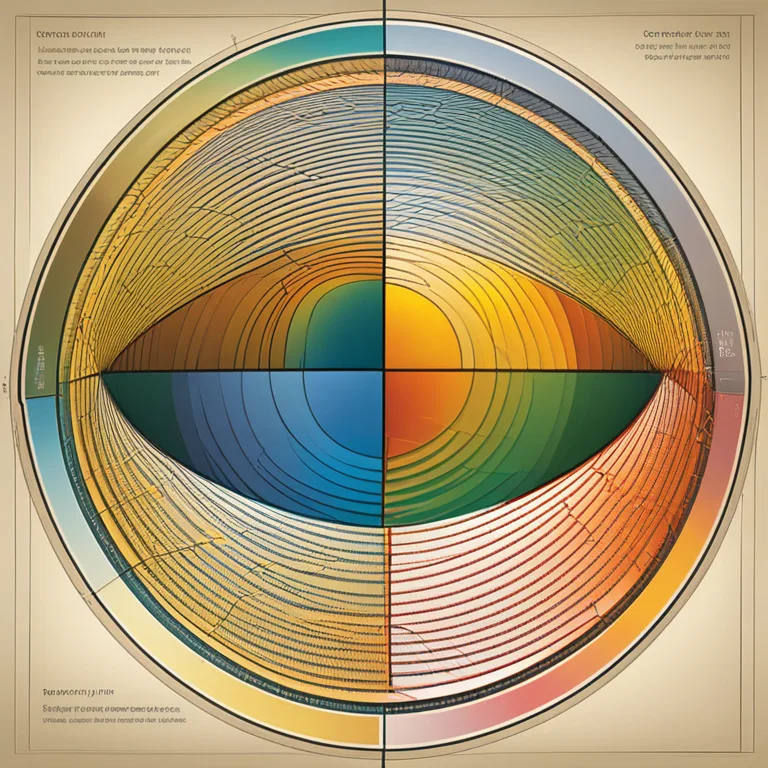
The Cosmic Clock: Delving into Biorhythm Theory
Discover the fundamentals of biorhythm theory and its application in daily life.
article by Adrian Wallace
Introduction to Biorhythm Theory
Have you ever noticed how some days feel great, brimming with energy and positivity, while others are a slog, filled with fatigue and pessimism? These fluctuations might not be random—this is where biorhythm theory comes into play. Originating in the 19th century, the concept has evolved, suggesting that our lives are influenced by innate cycles. These cycles purportedly impact our physical, emotional, and intellectual states, guiding us to better understand our capacities and optimize our daily activities. Biorhythm theory can be likened to an individual's biological weather forecast, providing a potential insight into the highs and lows of human experience.

Biorhythm Cycles Explained
Biorhythm theory posits that there are three primary cycles that affect human beings: the Physical (23 days), the Emotional (28 days), and the Intellectual (33 days). Each cycle starts at your birth and oscillates between positive and negative phases throughout your life. The Physical cycle relates to vigor, stamina, and overall health. The Emotional cycle governs mood, creativity, and affectivity. The Intellectual cycle is tied to cognitive functions, decision making, and analytical ability. Proponents suggest that by charting these cycles, one can anticipate their personal peaks and troughs in these areas.

Modern Interpretation of Biorhythms
Despite skepticism from the scientific community, interest in biorhythm theory persists, leveraging modern technology. In the era of personal data and self-quantification, apps and online calculators offer personalized biorhythm charts. These tools take your birthdate and calculate the current position in your cycles to produce predictions about your daily potential. While these personalized charts are popular, biorhythm theory remains a subject of debate, with enthusiasts embracing it as a tool for self-awareness and critics dismissing it for lack of empirical evidence.

Applying Biorhythms in Everyday Life
For those who subscribe to biorhythm theory, it offers a blueprint for managing activities and emotions. When one’s physical cycle is at a high, it might be a good day for strenuous exercise. Conversely, during a low in the emotional cycle, it might be wise to avoid confrontational situations. While self-reported benefits abound, it is vital to couple biorhythm considerations with common sense and personal intuition. Biorhythms, should they hold any sway, operate as an additional layer of self-understanding, not a deterministic framework.

How Reliable is Biorhythm Theory?
Scientific acceptance of biorhythms as a deterministic model is lacking. However, the theory perseveres in popular culture, and some biological rhythms, like the circadian cycle, are scientifically validated. The circadian rhythm, which follows a roughly 24-hour cycle, undeniably influences sleep, metabolism, and other physiological processes. Whether the more extended biorhythm cycles have similar grounding in human biology remains an open question. It is essential for individuals exploring biorhythm theory to do so with a critical mind and an understanding that scientific validation is minimal.
Future of Biorhythm Studies
As we continue to advance our understanding of human biology and psychology, the role of more elaborate cycles, like those proposed in biorhythm theory, will be subjected to further scrutiny. The advent of wearable technology that tracks a variety of health metrics may eventually shine a light on the existence of longer, more nuanced biological cycles. For now, biorhythm theory intrigues those seeking to gird their daily experiences with a semblance of rhythmic predictability, standing at the crossroads of science, belief, and the enduring search for patterns in human life.
Published: 12/28/2023
Modified: 2/2/2024
More predictions
Come back here soon to learn more about yourself and your future


Biorhythm Compatibility & Birthdays
Discover the intriguing connection between your birthday biorhythms and relationship harmony in our insightful article.


The Reality Of Biorhythm Compatibility
Unravel the truth behind biorhythm compatibility and its role in personal relationships and daily life.


Biorhythm Theory: Fact Or Fallacy?
Explore the fascinating concept of biorhythms to discern if there's any scientific accuracy behind this popular belief.